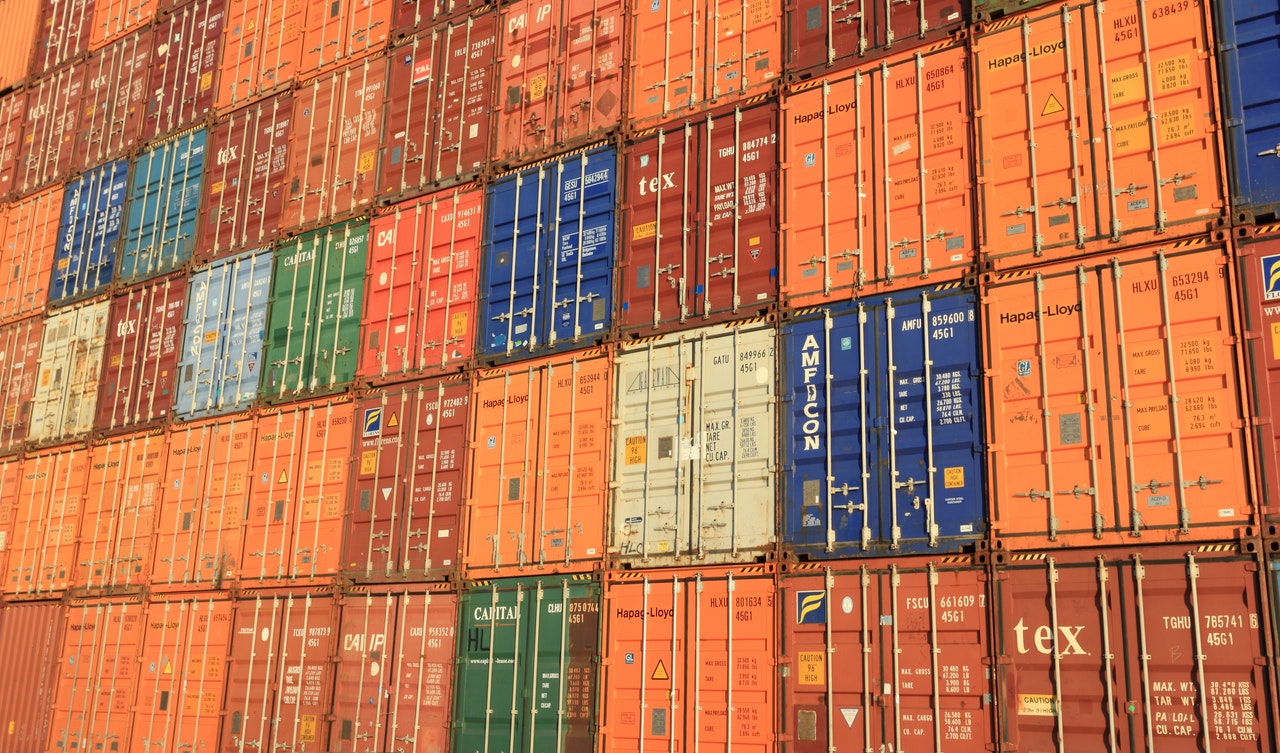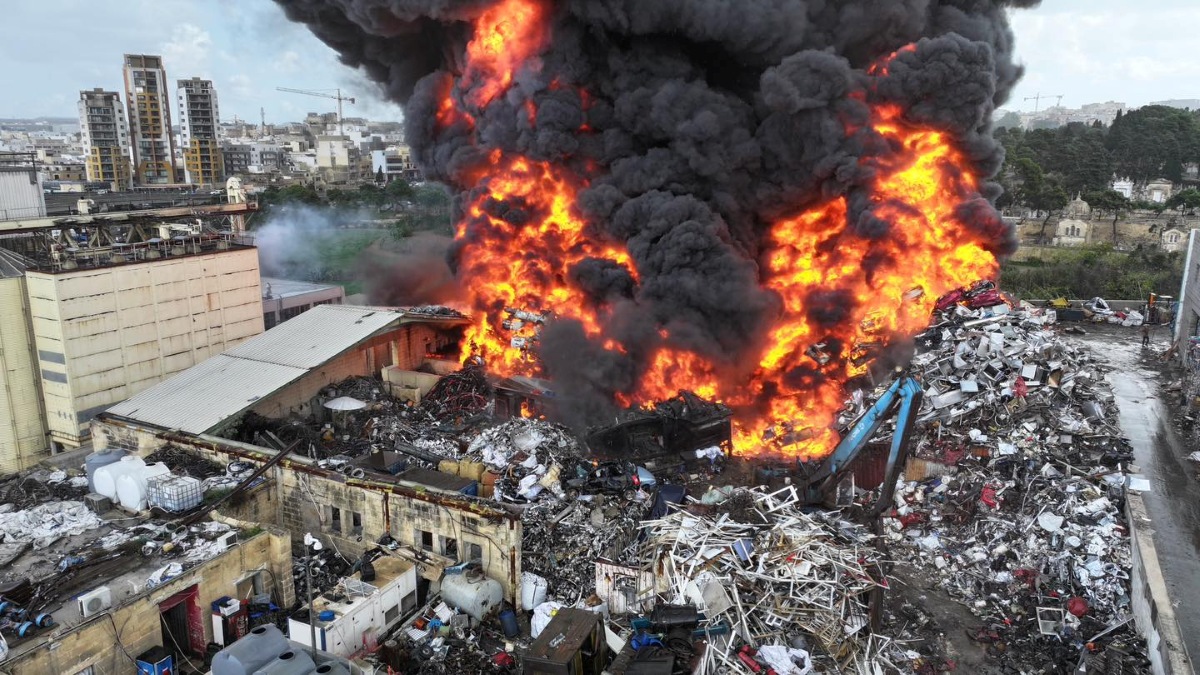Malta’s international trade in goods recorded a deficit of €4.73 billion between January and September 2025, widening from €4.2 billion in the same period of 2024, according to the National Statistics Office (NSO).
Imports climbed by nearly 12 per cent to €9.98 billion, while exports grew by 11.1 per cent to €5.25 billion. The balance of trade remained firmly negative, reflecting Malta’s ongoing reliance on imported energy, machinery and industrial materials.
Fuel costs drive deficit growth
The NSO data reveals that the surge in imports was largely fuelled by higher spending on mineral fuels, lubricants and related materials, which rose by a significant 33 per cent year-on-year – from €2.07 billion to €2.75 billion.
This rise was only partially offset by a smaller increase in exports of the same category, which grew from €1.49 billion to €1.83 billion. As a result, Malta’s fuel-related trade deficit ballooned from €585 million in 2024 to €916 million in 2025.
Machinery, chemicals and transport also up
Imports of machinery and transport equipment increased to €3.57 billion, up from €3.26 billion a year earlier. This reflects continued investment in capital goods and infrastructure projects.
Chemical imports also climbed sharply – by over €100 million to €1 billion – likely tied to pharmaceutical production and industrial inputs. Meanwhile, imports of consumer goods rose modestly to €2.4 billion, suggesting stable domestic demand despite inflationary pressures.
Export recovery softens trade gap
On the export side, Malta saw solid growth in industrial supplies and consumer goods, which rose by 5.4 per cent and 6.2 per cent respectively. Exports of pharmaceutical products and machinery also performed strongly, increasing to €659 million and €1.38 billion respectively.
Notably, the island’s exports of ships and aircraft stores – a key contributor to trade activity – totalled €910 million for the nine-month period.
Trade with Europe remains dominant
The European Union continues to dominate Malta’s trade network, accounting for around 44 per cent of total imports and 37 per cent of exports. Italy remained Malta’s top European trading partner, with imports worth €1.44 billion and exports of €174 million between January and September 2025.
Outside the EU, Malta saw notable trade activity with Libya, where exports rose to €61.5 million – up from €40.4 million a year earlier – largely driven by fuel re-exports. Trade with Asia remained significant, particularly with China and Saudi Arabia, although the balance remained negative.
A structurally import-heavy economy
Malta’s widening trade gap underscores the challenges of a small, open economy that depends heavily on imported energy, raw materials, and industrial inputs. However, the simultaneous rise in exports – especially in higher-value sectors such as pharmaceuticals and electronics – suggests that Malta’s export base continues to expand in scope and sophistication.
As the island navigates global supply chain volatility and fluctuating fuel prices, policymakers are expected to keep a close eye on energy import trends and their implications for Malta’s external balance and inflationary outlook.
Malta sees big jump in number of tourists in October with 17% increase in 2025
Around 417,103 people came and went in October alone
The Remarkable Collective and IST College partner to deliver a unified workforce solution
This will be a fully integrated workforce solution, combining recruitment, leadership development, and accredited safety training
‘Gozo expansion has always been on the cards’ – Darscover CEO
Joe Ellul Turner discusses how Darscover’s expansion into Gozo will bring data-driven innovation to the island’s property market






